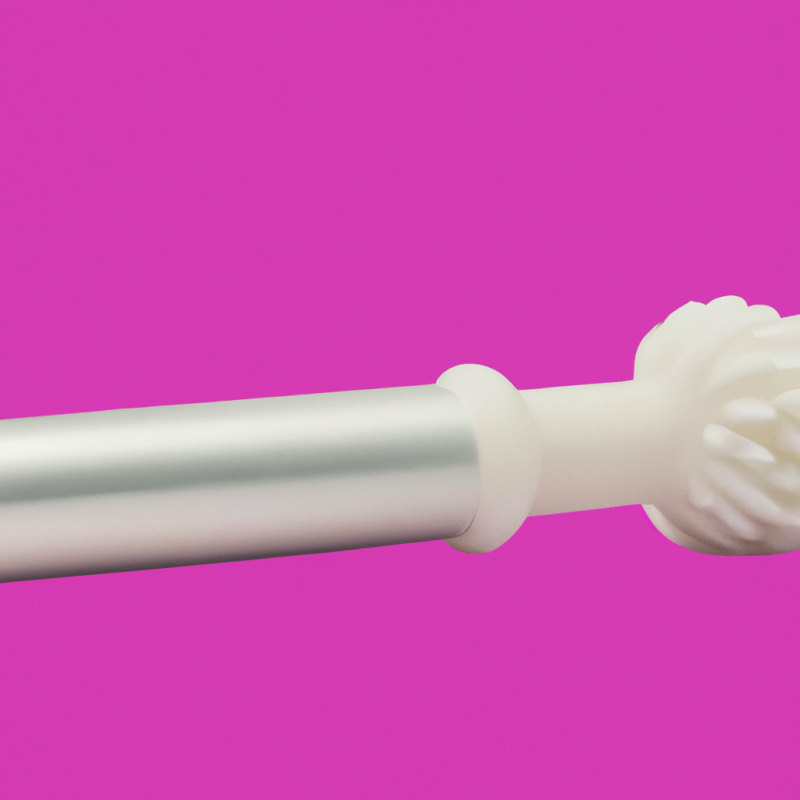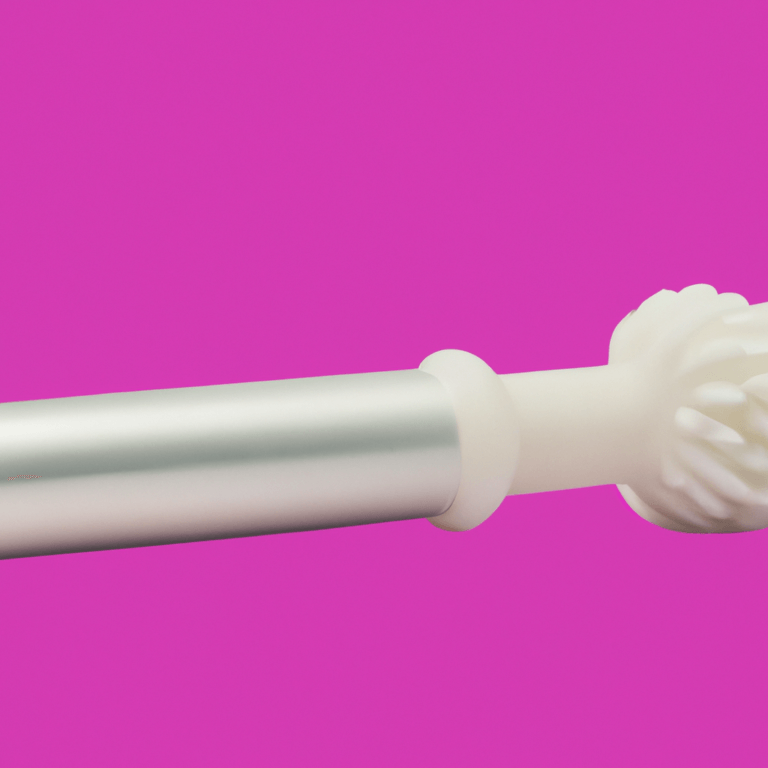Are you tired of coming home to find your favorite pair of shoes shredded to bits or your brand new couch gnawed on by your furry best friend? If so, you’re not alone. Many pet owners struggle with finding a solution to their pet’s destructive chewing habits. In this article, we will explore some helpful tips and techniques that can help you put an end to this frustrating behavior and preserve your belongings. So, say goodbye to chewed up shoes and hello to a happy, well-behaved pet!
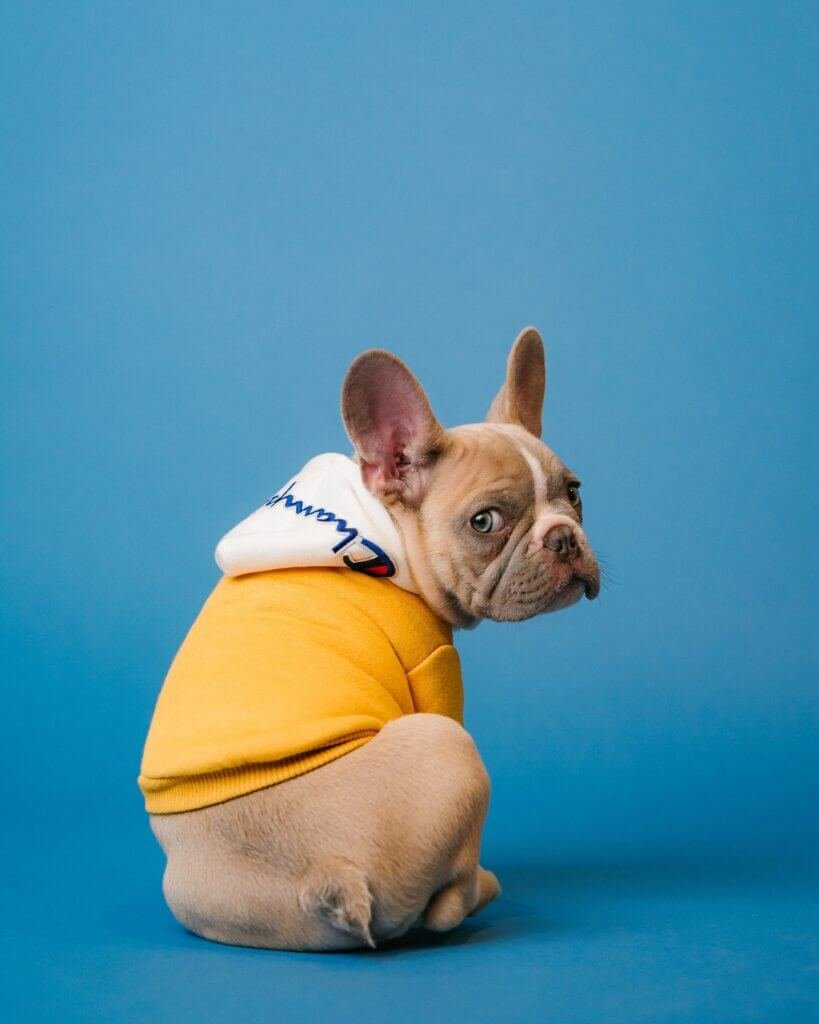
Understanding the Behavior
Determine the Cause
If you want to stop your pet from chewing everything, it’s important to first understand the underlying cause of their behavior. Chewing is a natural instinct for animals, especially puppies, as it helps soothe their gums during the teething process. However, excessive chewing can be a sign of boredom, anxiety, or lack of proper exercise. By identifying the root cause of their chewing behavior, you can take appropriate steps to address it effectively.
Ready for Cat Trivia?
Test your knowledge about cats!

Recognize Appropriate Chewing
Before trying to curb your pet’s chewing habits completely, it’s important to distinguish between appropriate and inappropriate chewing. Appropriate chewing refers to when your pet chews on items that are specifically meant for them, such as their toys or chew bones. This kind of chewing helps maintain their dental health and provides mental stimulation. It’s essential to encourage and reward your pet for engaging in appropriate chewing behaviors.
Identify Destructive Chewing
On the other hand, destructive chewing refers to when your pet chews on things they shouldn’t, such as furniture, shoes, or household objects. This behavior can be frustrating and costly, but it’s essential to understand that your pet is not being malicious. Destructive chewing can be a result of anxiety, boredom, or lack of training. By identifying the triggers for destructive chewing, you can take the necessary steps to correct this behavior.
Providing Adequate Exercise
Engage in Physical Activities
One of the most effective ways to stop your pet from chewing everything is by providing them with adequate exercise. Pets who are physically tired are less likely to engage in destructive chewing behavior. Set aside dedicated time each day for activities such as walks, runs, or playtime in the backyard. Exercise not only helps burn off excess energy but also provides mental stimulation, helping to keep your pet content and less likely to resort to destructive chewing.
Mental Stimulation
In addition to physical exercise, mental stimulation is equally important for preventing chewing behavior. Engage your pet in brain-teasing activities such as puzzle toys, treat-dispensing toys, or interactive games. These activities require your pet to think and problem-solve, keeping their mind occupied and reducing the likelihood of destructive chewing out of boredom.
Utilize Puzzle Toys
Puzzle toys are a great way to provide mental stimulation while also redirecting your pet’s chewing behavior. These toys often contain hidden treats or compartments that require your pet to figure out how to access them. By focusing their attention on the puzzle toy, your pet is less likely to seek out inappropriate chewing targets. Additionally, rewarding your pet with treats when they successfully solve the puzzles will reinforce positive behavior and further discourage destructive chewing.
Creating a Safe Environment
Pet-Proofing Your Space
To prevent your pet from chewing everything, it’s important to create a safe environment where they have limited access to items that may tempt their chewing instincts. Pet-proofing your space involves removing potential hazards and objects that may be enticing for your pet to chew on. Ensure cords, household chemicals, and toxic plants are out of reach. Secure loose items, such as shoes or clothing, in closed closets or drawers. By eliminating these temptations, you can help redirect your pet’s chewing behavior to more appropriate outlets.
Limit Access to Forbidden Areas
Another way to prevent destructive chewing is by restricting access to certain areas of your home where your pet may have previously caused damage. Use pet gates or crate training to confine your pet to a designated area when unsupervised. This not only helps prevent destructive chewing but also keeps your pet safe from potential hazards. Gradually increasing access to other areas of the house as your pet learns appropriate chewing behavior can be a helpful strategy in managing their chewing habits.
Remove Tempting Objects
Clearing your space of potential chewing targets can greatly reduce the likelihood of destructive chewing. Ensure that shoes, socks, children’s toys, and any other objects that are commonly chewed by pets are stored out of reach. Replace these items with appropriate chew toys specifically designed for your pet’s chewing needs. By removing tempting objects and replacing them with suitable alternatives, you can effectively redirect your pet’s chewing instincts to more appropriate outlets.
Applying Positive Reinforcement
Reward Good Behavior
One of the most powerful tools in training your pet to stop destructive chewing is positive reinforcement. Whenever you catch your pet chewing on an appropriate item, such as their toy, immediately praise and reward them. Use treats, verbal praise, or even a favorite game as a reward for good behavior. This positive reinforcement helps your pet associate appropriate chewing with positive outcomes and encourages them to continue this behavior.
Use Positive Distractions
When you notice your pet engaging in destructive chewing behavior, it’s essential to redirect their attention to something more appropriate. Provide them with one of their designated chew toys and encourage them to chew on it instead. You can further enhance this distraction by applying a small amount of peanut butter or a treat to the toy, making it even more enticing for your pet. By redirecting their chewing behavior and providing a positive distraction, you can effectively discourage destructive chewing.
Avoid Physical Punishment
While it may be frustrating to witness your pet engaging in destructive chewing, it’s important to avoid using physical punishment as a means of correction. Physical punishment will only serve to confuse and scare your pet, potentially causing further anxiety or behavioral issues. Instead, focus on positive reinforcement and redirection techniques to address their chewing behavior. Patience and consistency will be key in teaching your pet appropriate chewing habits without causing any harm or distress.
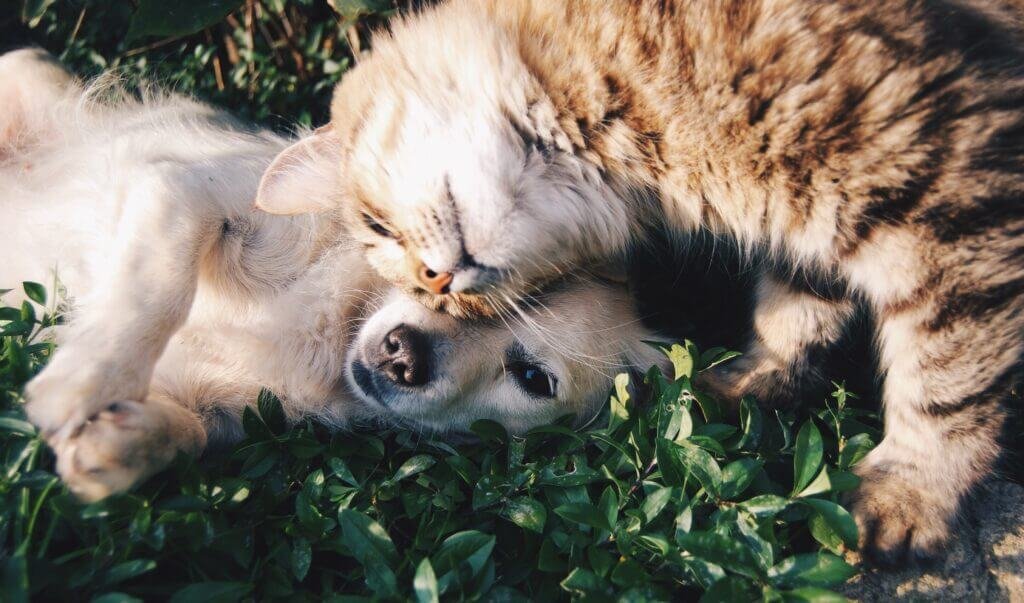
Developing Consistent Training Techniques
Set Clear Boundaries
Consistency is vital when training your pet to stop chewing everything. Set clear boundaries and communicate them consistently to your pet. For example, if you do not want your pet to chew on furniture, create a designated space with a comfortable pet bed or blanket and encourage them to use that area instead. Be consistent in reinforcing the boundary by redirecting their behavior and rewarding them when they comply. Over time, your pet will learn and respect these boundaries, reducing the urge to engage in destructive chewing.
Teach ‘Leave It’ and ‘Drop It’ Commands
Teaching your pet the commands “Leave it” and “Drop it” can be extremely helpful in preventing destructive chewing. These commands allow you to redirect your pet’s attention away from items they should not chew on and encourage them to release objects they have already picked up. Consistently practicing these commands through positive reinforcement and rewards will help your pet understand what they should and should not be chewing on. This training technique can be particularly effective when combined with appropriate chew toys as a positive alternative.
Implement Timeouts
If your pet continues to engage in destructive chewing despite your efforts, implementing timeouts can be an effective training technique. When you catch your pet in the act of inappropriate chewing, calmly but firmly say “no” or “uh-uh” and remove them from the area. Confine them to a designated timeout space, such as a crate or a separate room, for a brief period. The purpose of this timeout is to remove their access to stimulating environments and activities, helping them understand that their chewing behavior has resulted in a loss of freedom. Consistent use of timeouts can reinforce the idea that destructive chewing leads to negative consequences and discourage the behavior over time.
Utilizing Taste Deterrents
Research Safe and Effective Products
Taste deterrents are substances that can be applied to objects you want to discourage your pet from chewing. Before using any taste deterrent, it is essential to research and choose safe and effective products that are specifically formulated for pets. Consult with your veterinarian or a professional trainer to identify the best taste deterrent options for your pet’s specific needs. It’s important to ensure that the taste deterrent is non-toxic and does not pose any health risks to your pet.
Apply Products to Targeted Objects
Once you have chosen a safe and suitable taste deterrent, apply it to the objects you want to protect from chewing. Follow the product instructions carefully, as some taste deterrents may require multiple applications or specific drying times. It’s important to note that taste deterrents work best in combination with other training techniques, such as positive reinforcement and redirection. Ensure you provide appropriate chew toys as alternatives to the objects you have treated with taste deterrents.
Rotate and Reapply Deterrents
To prevent your pet from becoming desensitized to the taste deterrent, it is recommended to rotate and reapply the deterrents regularly. Pets can grow accustomed to certain tastes over time, rendering the deterrents less effective. By periodically switching between different taste deterrent products and reapplying them as needed, you can maintain their effectiveness in deterring your pet from chewing on unwanted objects.
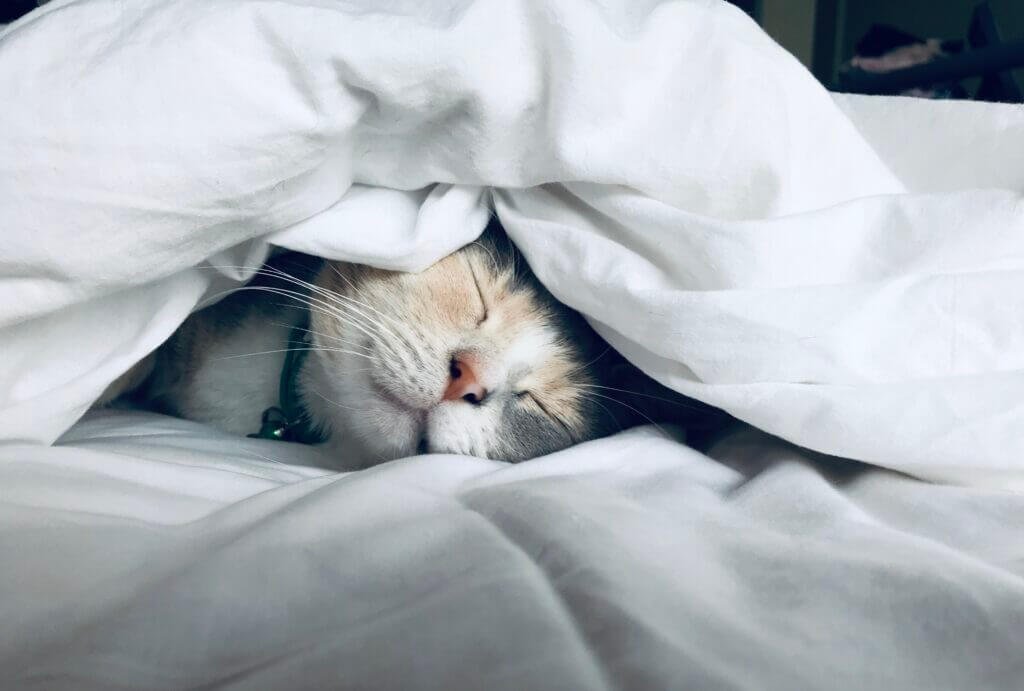
Seeking Professional Help
Consult with a Veterinarian
If your pet’s chewing behavior persists or worsens despite your best efforts, it may be beneficial to consult with a veterinarian. They can evaluate your pet’s overall health and behavior and determine if there are any underlying medical or psychological issues contributing to their chewing behavior. Your veterinarian may also be able to recommend additional techniques or interventions to help address the problem effectively.
Hire a Professional Trainer
Working with a professional trainer who specializes in behavior modification can be incredibly valuable in stopping your pet from chewing everything. A trainer can assess your pet’s specific needs, create a customized training plan, and provide guidance and support throughout the process. They can teach you effective techniques for managing and redirecting your pet’s chewing behavior, ensuring you have the necessary tools to address the issue successfully.
Consider Behavioral Therapy
In some cases, severe or persistent chewing behaviors may require the help of a certified animal behaviorist. These professionals have an in-depth understanding of animal behavior and can provide comprehensive assessments and therapy plans tailored to your pet’s needs. Behavioral therapy may involve a combination of training techniques, environmental adjustments, and potentially medication to address underlying anxiety or stress contributing to the chewing behavior. Considering behavioral therapy can be a proactive step towards resolving your pet’s chewing issues.
Management Tools and Techniques
Use Pet Gates and Crates
Pet gates and crates can be highly effective management tools to prevent destructive chewing when you cannot directly supervise your pet. Using a pet gate, you can confine your pet to a specific area of the house where they are safe and cannot access objects they shouldn’t chew on. Crates can also serve as safe spaces for your pet when you are away or unable to supervise. Proper crate training, where your pet sees the crate as a positive and comfortable space, can help reduce anxiety and limit destructive chewing behavior.
Utilize Bitter Apple Spray
Bitter apple spray is a taste deterrent specifically formulated for pets. It has a bitter taste that most dogs and cats find unpleasant, deterring them from chewing on objects coated with the spray. Apply the bitter apple spray to items that are frequent targets of chewing, such as furniture legs or baseboards. However, it’s important to note that not all pets are deterred by the taste of bitter apple spray, so it may be necessary to combine its use with other management and training techniques.
Provide Appropriate Chew Toys
Ensuring your pet has a variety of appropriate chew toys is essential in redirecting their chewing behavior. Different pets have different preferences, so offering a variety of textures, sizes, and types of chew toys can help keep their interest and engagement high. Look for toys specifically designed for your pet’s breed, age, and size. Experiment with different materials, such as rubber, nylon, or rope, to find the ones that best suit your pet’s chewing needs. By providing appropriate and enticing chew toys, you can satisfy your pet’s need to chew while protecting your belongings.
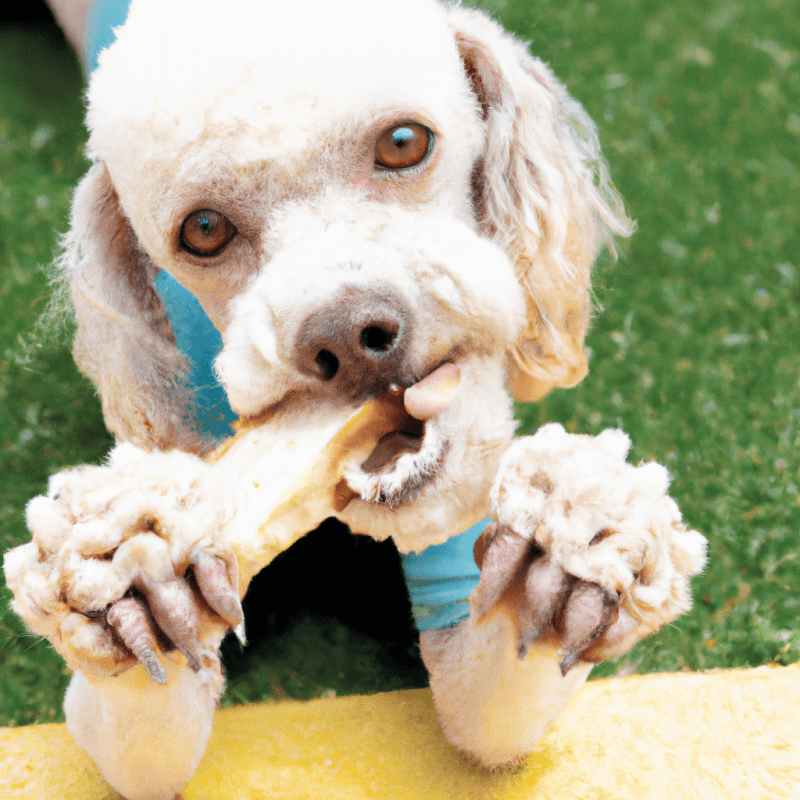
Addressing Separation Anxiety
Gradual Departures and Arrivals
For pets suffering from separation anxiety, their destructive chewing behavior may be a symptom of their distress. To address this issue, practice gradual departures and arrivals to help desensitize your pet to your comings and goings. Start by making your departures and arrivals less dramatic and stressful. Avoid making a fuss when leaving or returning home, as this can reinforce anxiety. Gradually increase the duration of your departures, starting with just a few minutes and gradually extending the time away. This gradual approach can help reduce your pet’s anxiety and subsequently lessen the destructive chewing behavior associated with separation anxiety.
Implement Desensitization Techniques
Desensitization techniques can be effective in helping pets overcome separation anxiety and subsequently reduce destructive chewing. These techniques involve exposing your pet to short periods of being alone and gradually increasing the duration over time. Gradually build up their tolerance to being alone by starting with short intervals and gradually extending the time. Pair these periods of being alone with positive experiences, such as leaving them with a puzzle toy or treat-dispensing toy. The goal is to help your pet associate being alone with positive experiences and gradually reduce their anxiety.
Consider Calming Supplements
In some cases, behavioral interventions alone may not be enough to address severe separation anxiety and the associated chewing behavior. Consider discussing the option of calming supplements with your veterinarian. These supplements can help reduce anxiety and promote relaxation, making it easier for your pet to cope with being alone. Natural options such as chamomile or lavender can have calming effects, while certain prescribed medications may also be recommended for severe cases. Always consult with a professional before introducing any supplements or medications to ensure they are safe and appropriate for your pet.
Conclusion
Chewing is a natural behavior for pets, but it can become a problem when they start chewing on inappropriate objects. Understanding the cause of the chewing behavior is essential in addressing it effectively. Providing adequate exercise, creating a safe environment, applying positive reinforcement, and using taste deterrents are all effective techniques in preventing destructive chewing. Additionally, consistent training, management tools, and addressing separation anxiety can help curb the chewing behavior. If the problem persists, seeking professional help from a veterinarian, trainer, or behaviorist can provide further guidance and assistance. With patience, consistency, and the right approach, you can help your pet stop chewing everything and develop appropriate chewing habits.
